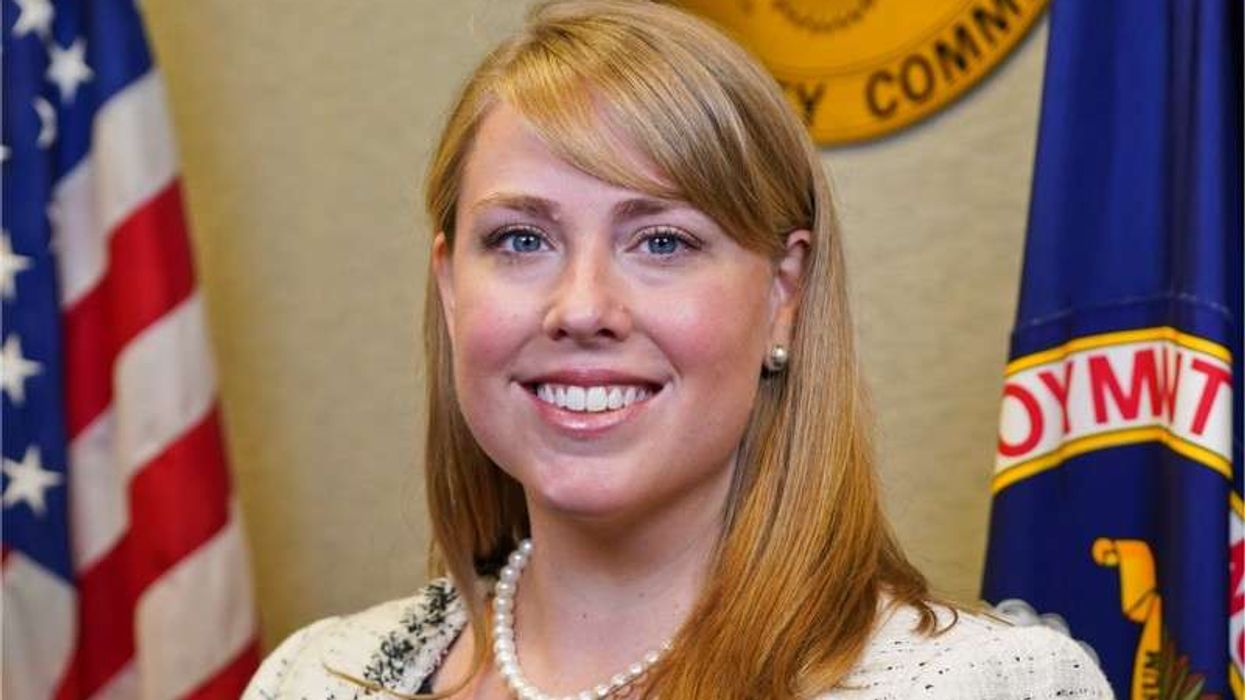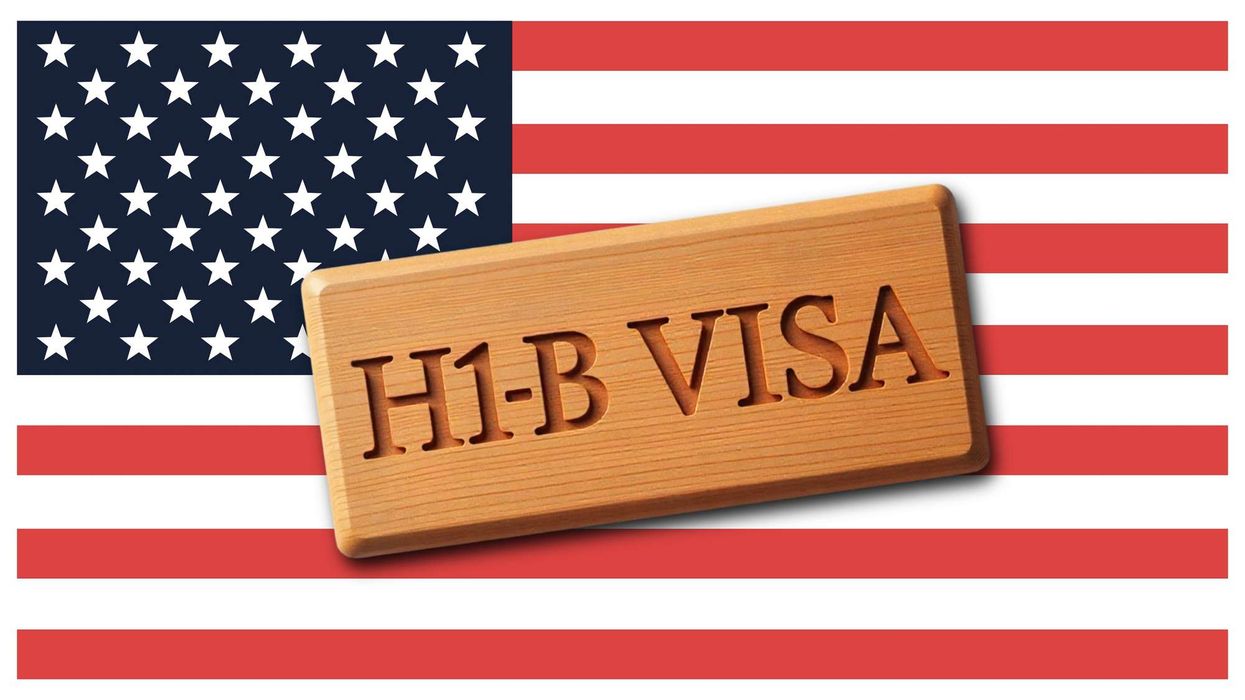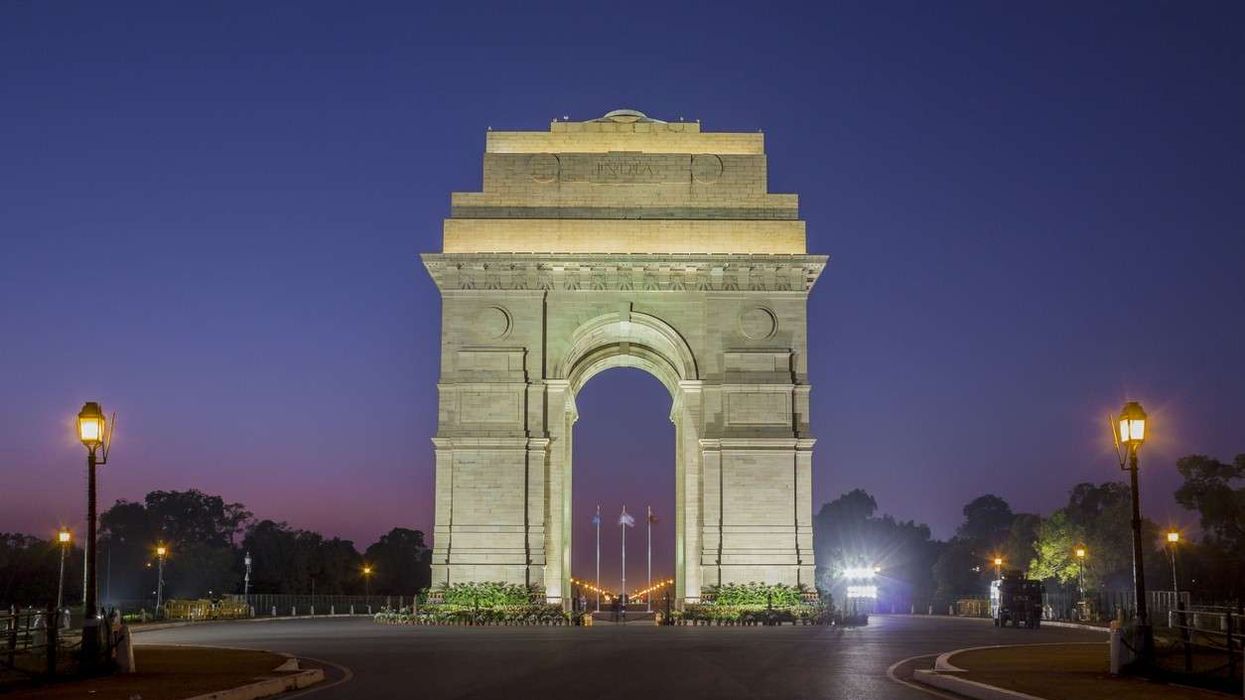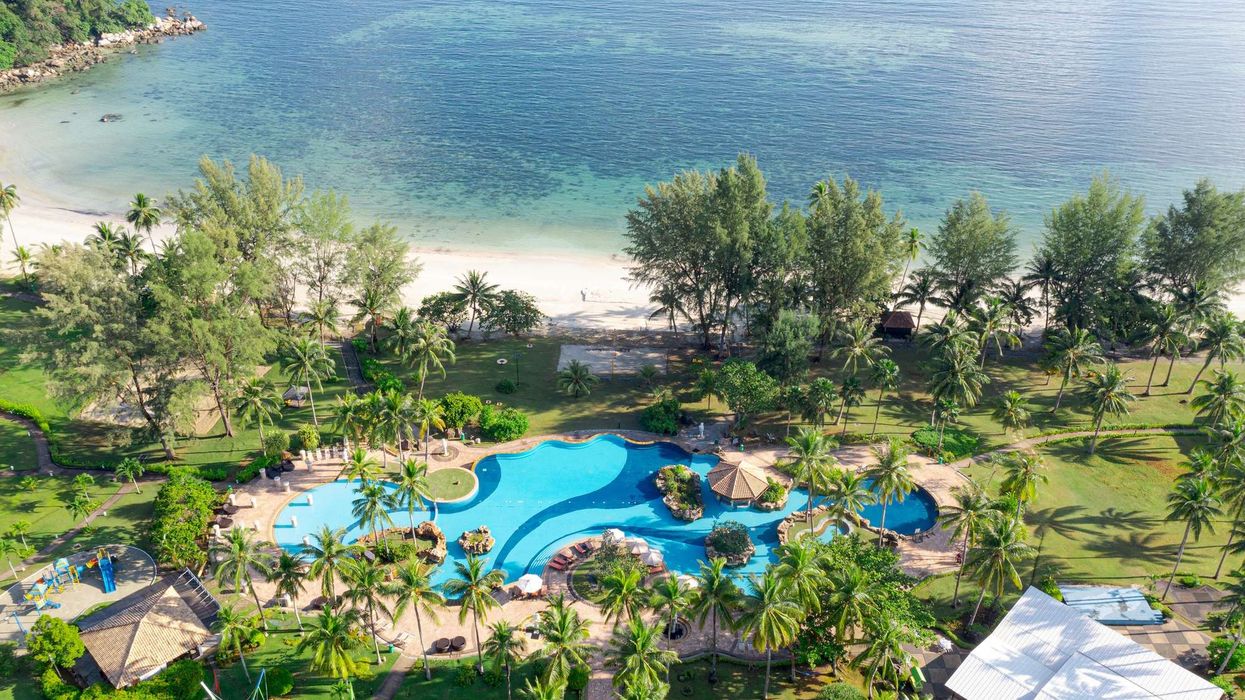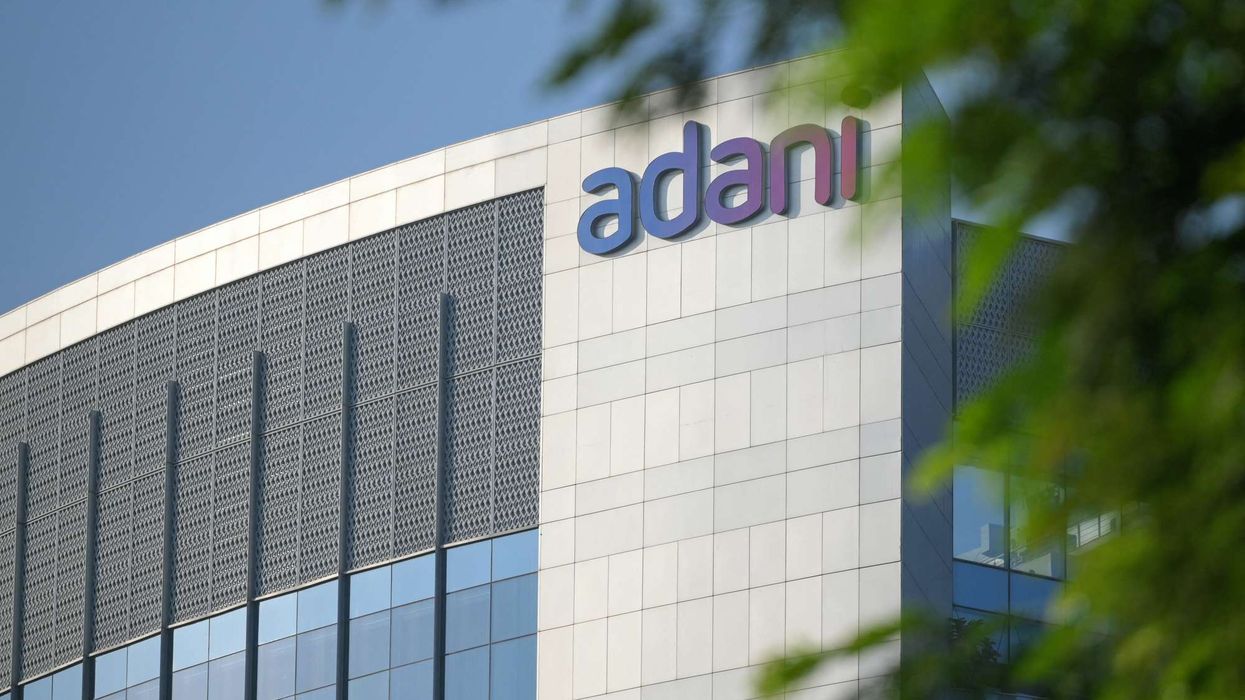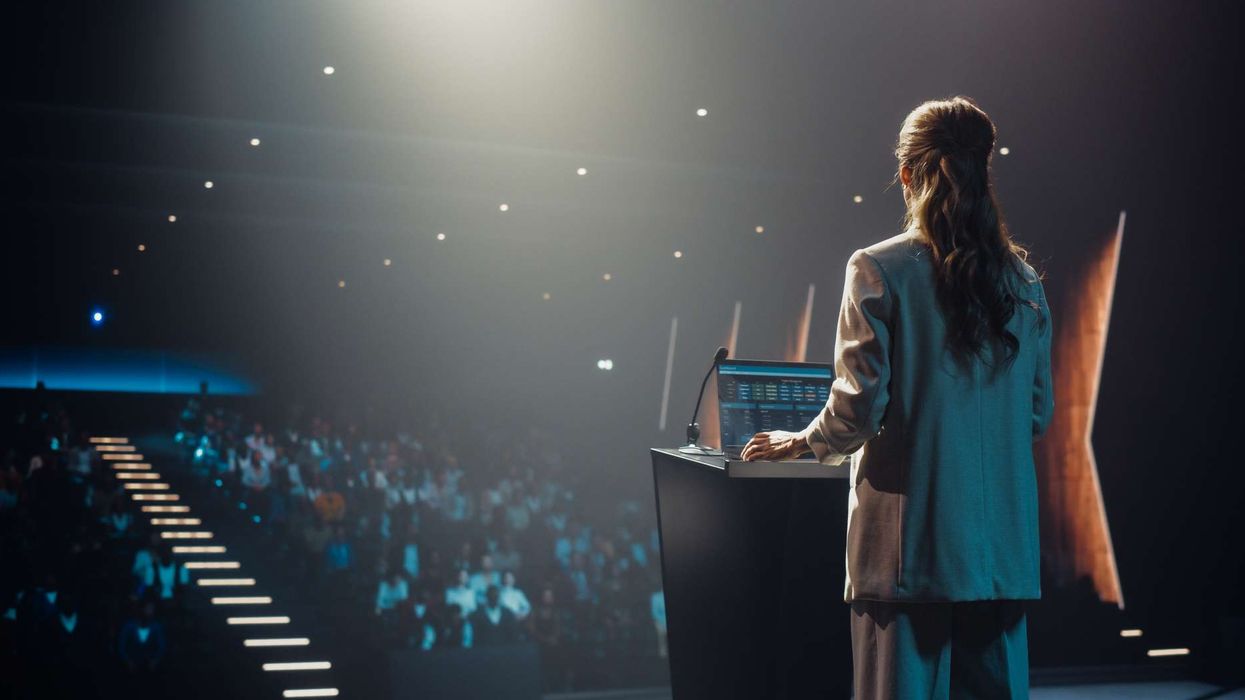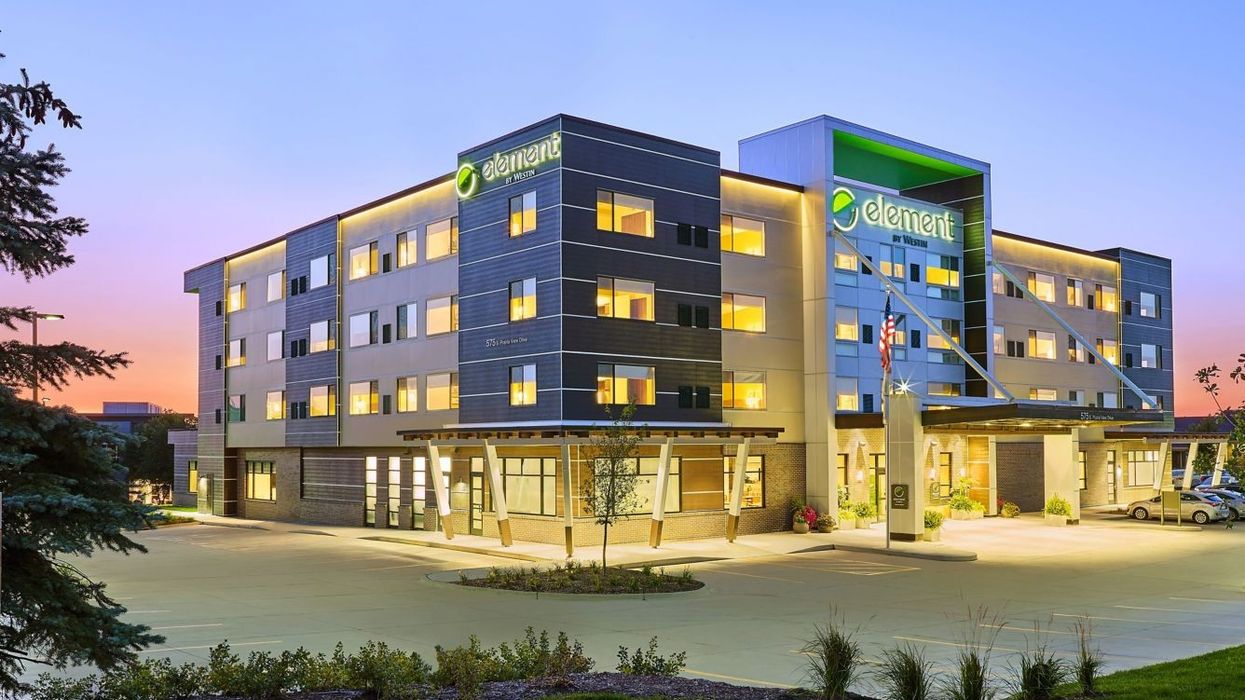U.S. HOTEL OCCUPANCY rose a bit during the week ending May 23 compared to the previous week, with a particular bump seen over the Memorial Day weekend, according to STR. Year-over-year totals continued to decline steeply and April saw “unprecedented lows” for April resulting from the COVID-19 pandemic.
For the third week of May, occupancy stood at 35.4 percent, up from 32.4 the week before but still down 50.2 percent from the same time last year. ADR dropped 39.7 percent from last year to $80.92 and RevPAR was down 69.9 percent to $28.67.
The small week-over-week increase continued a trend that has been seen since April.
Previous weekly occupancy levels were:
- May10-16: 32.4 percent
- May 3-9: 30.1 percent
- April 26- May 2: 28.6 percent
- April 19-25: 26 percent
- April 12-18: 23.4 percent
- April 5-11: 21 percent
“The steady climb in national occupancy continued, and to no surprise, the highest levels were recorded on Friday and Saturday ahead of Memorial Day,” said Jan Freitag, STR’s senior vice president of lodging insights. “Occupancy gains continue to be led by popular leisure markets like the Florida Panhandle, Mobile, Myrtle Beach and Daytona Beach. We even saw a weekday-to-weekend ADR premium in higher occupancy markets.”
One difference from other weeks is that occupancy rose across all hotel classes, Frietag said.
“Economy properties continued to lead, but we also saw the higher-priced end of the market up over 20 percent. Regardless, upper upscale occupancy continues to lag the broader industry as meeting demand is still not returning.”
Occupancy for the entire month of April sank 63.9 percent to 24.5 percent. ADR for the month shrank 44.4 percent to $73.23 and RevPAR declined 79.9 percent to $17.93.
“The absolute occupancy and RevPAR levels were the lowest for any month on record in the U.S., while the ADR value was the lowest since December 1997,” STR reported. “However, recent weekly data suggests that performance likely reached the bottom in early April, as demand has now increased for four consecutive weeks.”
For the week of May 23 the aggragate data for STR’s top 25 markets showed occupancy declined 58.7 percent to 32.4 percent, ADR fell 48.5 percent to $84.47 and RevPAR dropped 78.7 percent to $27.36.
Four of the top 25 markets saw occupancy levels above 40 percent: New York, New York (44.9 percent); Tampa/St. Petersburg, Florida (41.5 percent); Norfolk/Virginia Beach, Virginia (40.5 percent); and Phoenix, Arizona (40.1 percent). Of those markets, Phoenix showed the largest gain from its occupancy level the previous week (33.6 percent).
Oahu Island, Hawaii, had one the lowest occupancy levels for the week at 12.7 percent and saw the steepest drop in occupancy for April, down 89.9 percent, as well as the only single-digit occupancy level at 8 percent resulting in the largest decrease in RevPAR, down 93.8 percent to $11.38.




